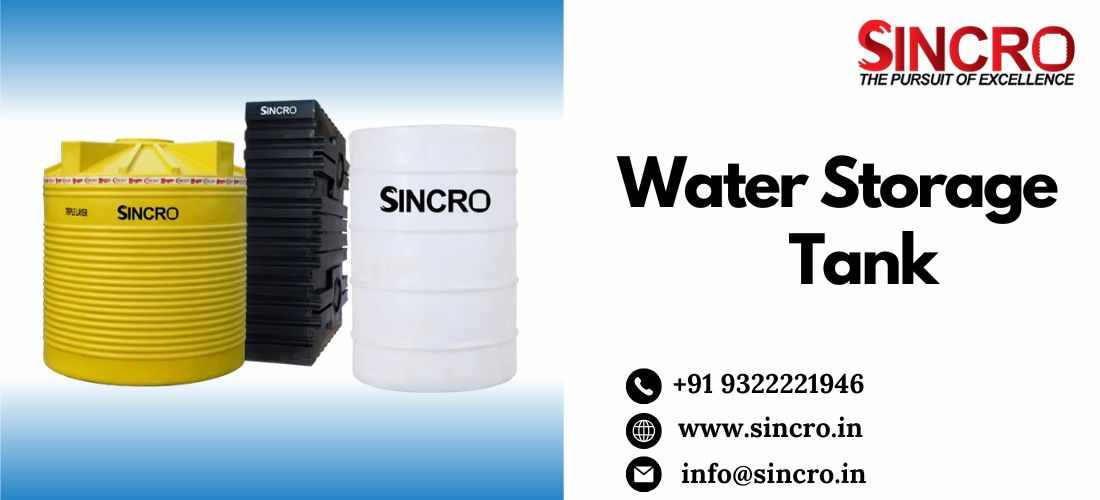Chemicals are vital components in various industries, from manufacturing and agriculture to pharmaceuticals and research. However, improper storage of these substances can pose significant risks to human health, the environment, and infrastructure. Selecting the right storage tanks is paramount to ensure the safe containment and handling of chemicals. In this blog, we'll delve into some of the best tanks for chemical storage, considering factors such as material compatibility, durability, and regulatory compliance.
Polyethylene Tanks: Polyethylene tanks are popular for storing a wide range of chemicals due to their corrosion resistance, lightweight nature, and affordability. They are suitable for acids, alkalis, solvents, and many other substances. Additionally, polyethylene tanks are relatively easy to install and maintain, making them a preferred choice for small to medium-scale chemical storage needs.
Fiberglass Reinforced Plastic (FRP) Tanks: FRP tanks offer excellent resistance to corrosion, making them ideal for storing highly corrosive chemicals such as acids, bleach, and caustics. They are lightweight, yet sturdy, and can withstand harsh environmental conditions. FRP tanks are often favored for their long service life and low maintenance requirements, making them a cost-effective solution for long-term chemical storage.
Steel Tanks: Steel tanks are renowned for their strength and durability, making them suitable for storing a wide range of chemicals, including flammable liquids and hazardous materials. These tanks can be customized to meet specific storage requirements and are available in various coatings to enhance corrosion resistance. While steel tanks may require periodic maintenance to prevent corrosion, they are a reliable choice for large-scale chemical storage applications.
Double-Walled Tanks: Double-walled tanks provide an added layer of protection against leaks and spills, making them ideal for storing hazardous chemicals. These tanks feature an inner tank for primary containment and an outer tank that acts as a secondary containment barrier. In the event of a leak or rupture in the inner tank, the outer tank prevents the chemical from spreading, reducing the risk of environmental contamination and personal injury.
Concrete Tanks: Concrete tanks are suitable for storing corrosive chemicals such as acids and alkalis, as well as flammable liquids. They offer excellent chemical resistance and can withstand high temperatures and pressures. Concrete tanks are often used for bulk storage applications, such as in chemical manufacturing plants and wastewater treatment facilities. While they may require specialized installation and maintenance, concrete tanks provide long-term reliability and stability.
Polypropylene Tanks: Polypropylene tanks are highly resistant to a wide range of chemicals, including acids, bases, and solvents. They are lightweight, yet durable, and offer excellent corrosion resistance. Polypropylene tanks are commonly used in industries where chemical purity is essential, such as pharmaceuticals, food processing, and electronics manufacturing. They are available in various sizes and configurations to accommodate different storage requirements.
When selecting a storage tank for chemicals, it's crucial to consider factors such as the chemical properties, storage capacity, environmental conditions, and regulatory requirements. Additionally, regular inspection, maintenance, and compliance with safety guidelines are essential to ensure the integrity and reliability of chemical storage systems.
Investing in high-quality storage tanks not only protects the environment and public health but also safeguards assets and ensures regulatory compliance. By choosing the right tanks for chemical storage, industries can mitigate risks and maintain a safe and sustainable work environment for their employees and surrounding communities.







Write a comment ...